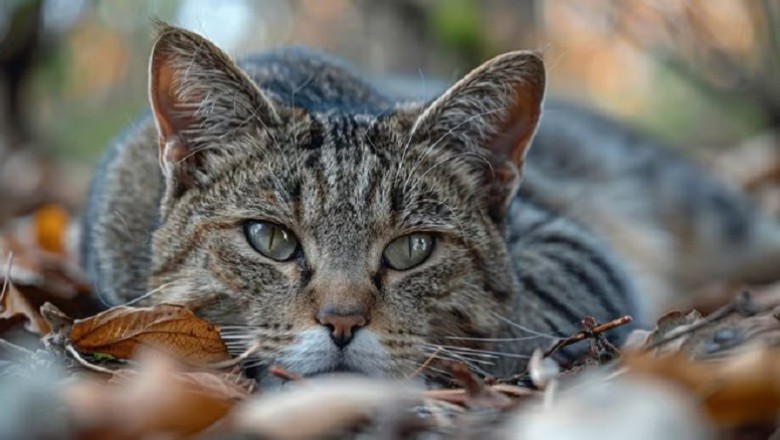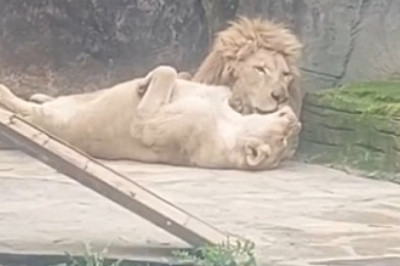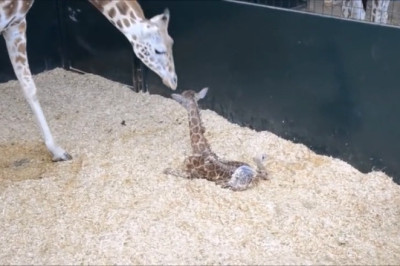How Does a Cat Die of Old Age?
Like all living things, cats experience the weight of time. This natural phase can raise questions about the warning signs and the precise course of death from old age in domestic cats.
The Aging Process in Cats
Aging in cats often begins as early as seven years of age, when they enter the senior category. The average domestic cat lives between 12 and 15 years, although some can reach 20 years or more. Aging is manifested by a variety of physical and behavioral changes that are important to recognize in order to provide a better quality of life for your pet.
Physical Changes
Some common physical signs include:
- Weight Loss: As a cat ages, it may lose muscle and fat.
- Dull Fur: The fur may become less shiny and rough to the touch.
- Dental Problems: Senior cats often suffer from dental diseases such as tartar and gum infections.
- Reduced Mobility: Arthritis and other joint problems can limit a cat's movement.
Behavioral Changes
Here are some telltale behaviors:
- Decreased Appetite: A senior cat may eat less due to pain or underlying disease.
- Increased Sleep: Senior cats sleep longer and more deeply.
- Isolation: These cats may seek solitary behavior and avoid social interaction.
Signs of End of Life in a Senior Cat
Identifying when a cat is nearing the end of its life requires careful observation of several specific indicators. Here are some things to watch for:
- Rapid Weight Loss: Significant weight loss in a short period of time.
- Lack of Interest in Food and Water: Indicates the body may not be able to maintain its biological functions.
- Respiratory Problems: Wheezing or labored breathing can suggest compromised heart or lungs.
- Incontinence: Common in dying cats, especially those with advanced kidney or liver disease.
Factors Influencing a Cat's Lifespan
Several factors determine how long a cat will live and how he will age:
- Genetics: Certain genetic predispositions and breed characteristics influence overall health and longevity.
- Daily Care: Balanced diet, exercise, and veterinary care can prevent chronic diseases and maintain health.
- Environment: Indoor cats generally have longer lifespans due to protection from outdoor dangers.
When to Consider Euthanasia?
In some cases, when the quality of life declines irreparably, euthanasia becomes an option to consider in order to end the animal's suffering in a humane and dignified manner. This decision requires careful consideration and deserves a thorough discussion with your veterinarian.
Quality of Life Assessment
An objective assessment of quality of life is crucial in making this decision. Criteria such as pain, mobility, appetite, and socialization are examined.
Professional Support
Veterinarians provide not only medical advice but also psychological support for pet owners facing this difficult situation. They can help weigh the pros and cons and accompany each step of the process.
The death of a pet is always a particularly sensitive and difficult time for its humans. Do not hesitate to ask for help and support in these difficult times if you feel the need.





















Comments
0 comment